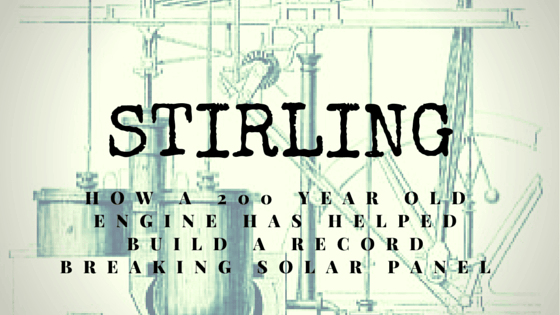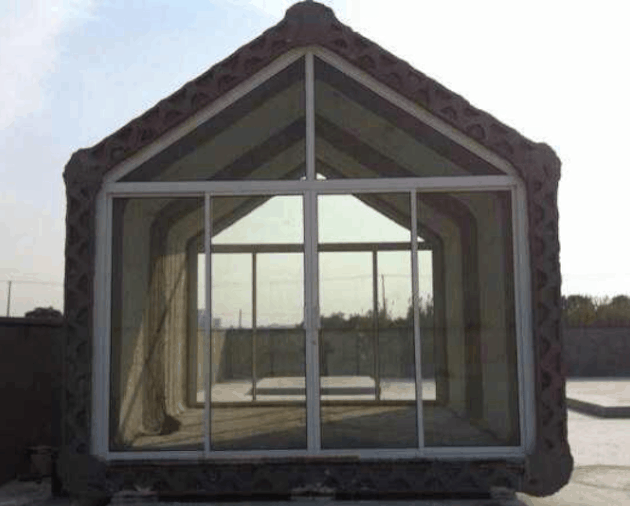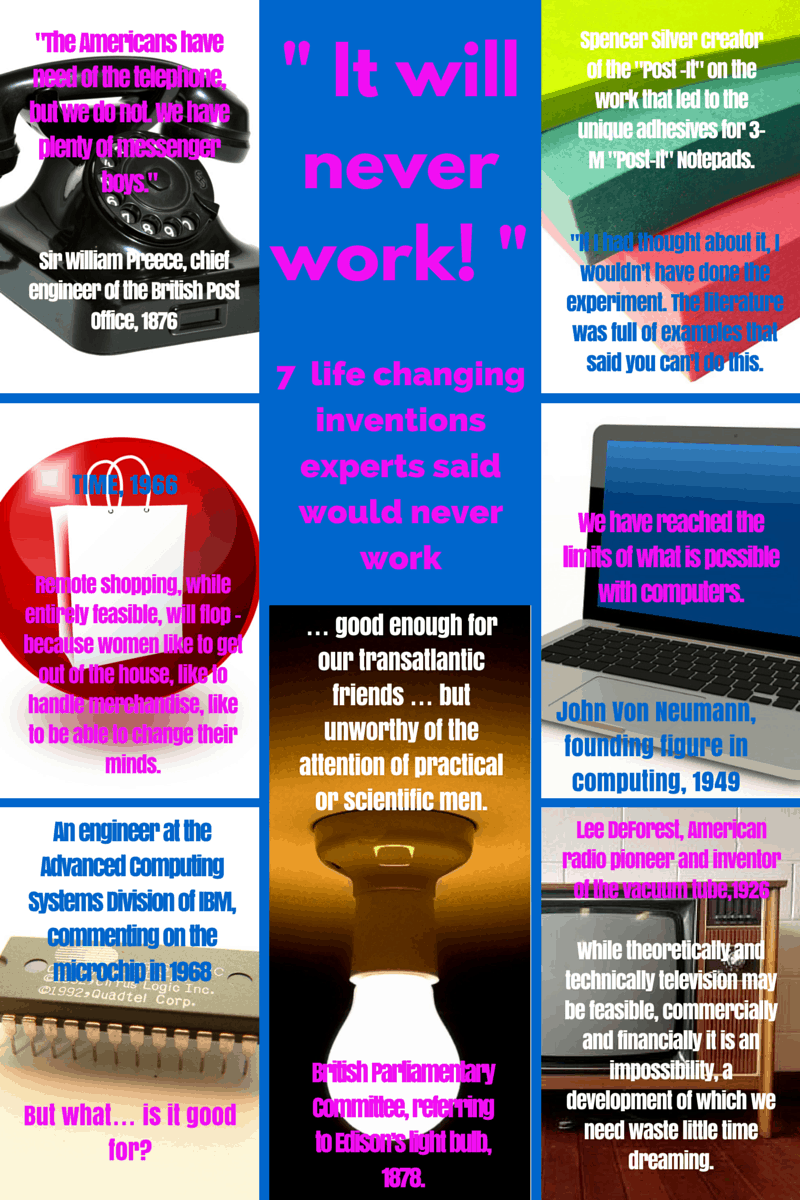
British Stirling Engine helps electricity production…. (and it’s solar)0
The Stirling engine (or Stirling’s air engine as it was known at the time) was invented and patented by Robert Stirling in 1816. The Stirling engine was developed by Reverend Robert Stirling in Edinburgh in 1816 as an alternative to the steam engine. It uses alternate heating and cooling of an enclosed gas to drive pistons, which turn a flywheel. Originally conceived in 1816 as an industrial prime mover to rival the steam engine, its practical use was largely confined to low-power domestic applications for over a century.
Now a Swedish company is using the old technology in it’s record breaking solar panels.
Ripasso has claimed it has produced a new solar electricity generation system that is the most efficient in
the world. It is currently being tested in South Africa’s Kalahari desert and recent test have shown that it is converting 32% of the suns energy to grid available electric power as opposed to the 15% we currently get out of standard photovoltaic panels.
The panels themselves look like massive satellite dishes. These 100 metre square dishes slowly follow the sun, constantly capturing the maximum solar energy. UK company IT Power, a World leading renewable energy consultancy firm, were commissioned in 2014 to test the technology. The results showed a single dish can generate up to 85 megawatt hours of electricity a year which is enough to power 24 UK homes.
 The technology works by using the mirrors as giant lenses that focus the sun’s energy to a tiny hot point, which in turn drives a zero-emission Stirling engine. Unfortunately Ripasso’s new solar panels are not destined for our shores however as the system is only useful in areas with constant bright sunshine.
The technology works by using the mirrors as giant lenses that focus the sun’s energy to a tiny hot point, which in turn drives a zero-emission Stirling engine. Unfortunately Ripasso’s new solar panels are not destined for our shores however as the system is only useful in areas with constant bright sunshine.
Due to material limitations at the time, the advanced Stirling engine that Ripasso uses was not commercially developed until 1988, when Swedish defence contractor Kokums started making them for submarines. Because the Stirling engine is compatible with alternative and renewable energy sources it could become increasingly significant as the price of conventional fuels rises, and also in light of concerns such as peak oil and climate change. This engine is currently exciting interest as the core component of micro combined heat and power (CHP) units, in which it is more efficient and safer than a comparable steam engine. Brings meaning to the saying “there’s life in the old dog yet!”
Dyson Wants His Famous Vacuum to Clean Rivers0
In a recent interview with TIME magazine, James Dyson expressed his concerns over the cleanliness of the worlds rivers and the affect it has on local wildlife. The solution? An upscale Dyson vacuum to remove all the rubbish.
The concept is based around a barge that have nets to collect the plastic debris and a cyclone suction system similar to that used in his vacuums pulls in the waste where it is then separated. Dyson admits he is still working out how to keep the aquatic wildlife safe.
“Large skim nets unfurl from the rollers at its stern and are anchored on each side of the river. Hydraulic winches wind them in and out. The nets face upstream and skim the surface of the river for floating debris. The plastic waste is shredded on board and then different grades of plastic are separated by a huge cyclone–very similar to the way our cyclonic vacuums work,” he said.
“The concept I propose, the M.V. Recyclone, would combat this ever growing problem of plastic waste making its way to our oceans by filtering out debris from the rubbish-stricken rivers that feed into them. By focusing on the polluted rivers, the M.V. Recyclone could tackle a concentrated stream of plastic, catching it before it spreads.”
James Dyson has sketched out his idea for both TIME magazine and for Fast Company and we will be keeping a close eye on the progress although even Dyson himself admits that there is still a lot of work and fine tuning before we even see a prototype.
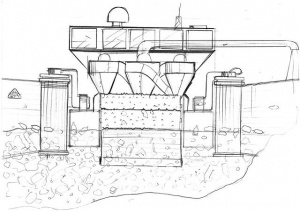
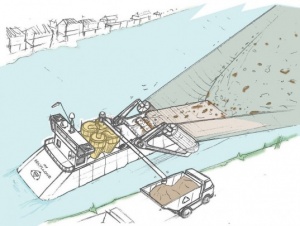
3D Printed Affordable Houses1
Chinese Company Assembles 10 3D-Printed Affordable Houses in a Day
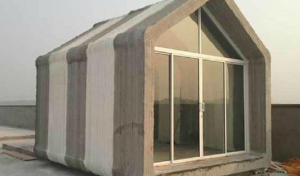
OK so they are not pretty and wouldn’t feature on Grand Designs but never the less this is a remarkable achievement and a huge step forward in the development of 3D printed architecture. The possibilities this could bring are endless and considering the cost of each unit was a meager $4,800.00 it certainly comes to mind these could be used to provide emergency housing by areas affected by natural disasters and wars. This is a far cry from the stylish 3D printed Canal Houses in Amsterdam by DUS architects but it
does lead they way into 3D printed affordable housing.
The Shanghai building company, WinSun Decoration Design
Engineering Co. recently constructed a small community of partially 3D-printed houses in less than a day. The Chinese company printed the basic components separately before assembling them on site.
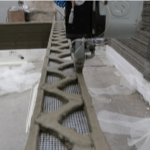
A 3D printer measuring 150 meters long, 10 meters wide, and 6 meters deep was used to 3D print each of the structural components from the giant concrete slabs to the inner cross bracing. As a cost cutter, WinSun fabricated the frame from layers of concrete partly made from recycled construction waste, industrial waste, and glass fibers.
The company also plans to open 100 recycling factories in the country to continue to transform waste into cost-effective “ink” for their 3D printers. Winsun estimates that this kind of 3D printing could cut costs for construction companies in half.
Aluminium animals disguise CCTV cameras
Italian designer Eleanor Trevisanutto has been commissioned by an Italian company Parsons to transform security equipment in to animal characters.
These aluminium CCTV camera cases are designed to make electronic surveillance seem less intimidating perfect perhaps for a Zoo or childrens nursery.
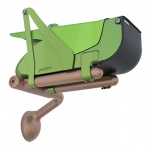
This colourful idea was initially designed to create an aesthetically pleasing alternative to the otherwise harsh world of surveillance equipment. While some may argue that security cameras are intimidating for a reason, it ultimately succeeds in brightening up and lightening up the enviroments that rely on a calm atmosphere. Each camera is encased within brightly coloured, sand-cast aluminium, which resemble a series of tree-dwelling animals.
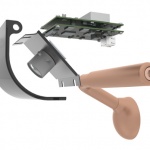
The camera lens is hidden behind a semi-transparent black screen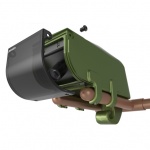 and the cameras attach to a wall via an armdesigned to look like a tree branch, with electrical cables concealed inside.
and the cameras attach to a wall via an armdesigned to look like a tree branch, with electrical cables concealed inside.
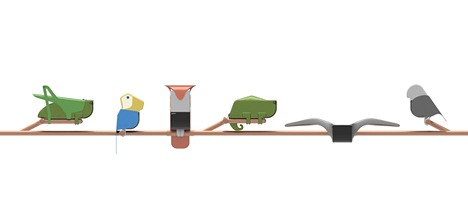
There are seven different animals but these are not currently for sale, anyone interested however can sign up to the Parson website.
[images by Parson]
First 3D printed House to be in Amsterdam!0
The first 3d printed house will be built in Amsterdam. This Year!
3D printing is already advancing quicker than most anticipated and is being used every day for the electronics sector for constructing custom enclosures and soon added to that will be air ducts, conduits and motor mounts.
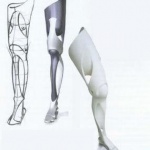
The new sector is now being used for military devices and for one of medical devices like prostheses.
Mick Ebeling, is the founder of an American startup called Not Impossible Labs. In November 2013, Ebeling travelled to Sudan for a month after hearing of a 14 year old bomb victim who had lost both hands. Thus was created Project Daniel. He took with him printers, spools of plastic and cables. The 3D printers that create the prosthetic’s plastic parts make the device seem hi-tech, but the resulting arm is really just a simple, mechanical device. Since Ebeling has returned home, one prosthetic a week has been printed, thanks to two 3D printers he left behind. The printed parts are then collected by eight local people trained to operate the machines, assemble the arms, and customise them for recipients.
So how does this technology fit in with the construction industry?
Back in 2012, two technologies, Contour Crafting and 3D concrete printing, promised to build homes in less than 24 hours using a 3D printer. Both Contour Crafting and 3D concrete printing have made progress, but not enough to print a house in a day. But now it looks like that is all about to change, this year we will see the first 3D printed house, but with someone new!
DUS Architects from the Netherlands is going to take a crack at it with a publicly funded project called 3D Print Canal House.
The company will be taking advantage of the 400-year-old tradition of building canal houses to prove that 3D printed housing is not only possible, but financially feasible.
The 3D printer being used in the construction is one of the largest yet. The printer itself has a build volume of 2x2x3.5 meters. The 3D printer will be able to print 6x6x11 foot rooms that will then be assembled into a house.
DUS Architects won’t say what kind of material they’re using yet, but it’s reportedly a sustainable material built by adhesives company Henkel.
To help support the project, Amsterdam will allow the public to observe the 3D printer as it makes the house as part of what it calls the Construction Expo starting March 1. There will be an admission fee which the city will use to fund the project in the long term.
[xyz-ihs snippet=”80355705″]
